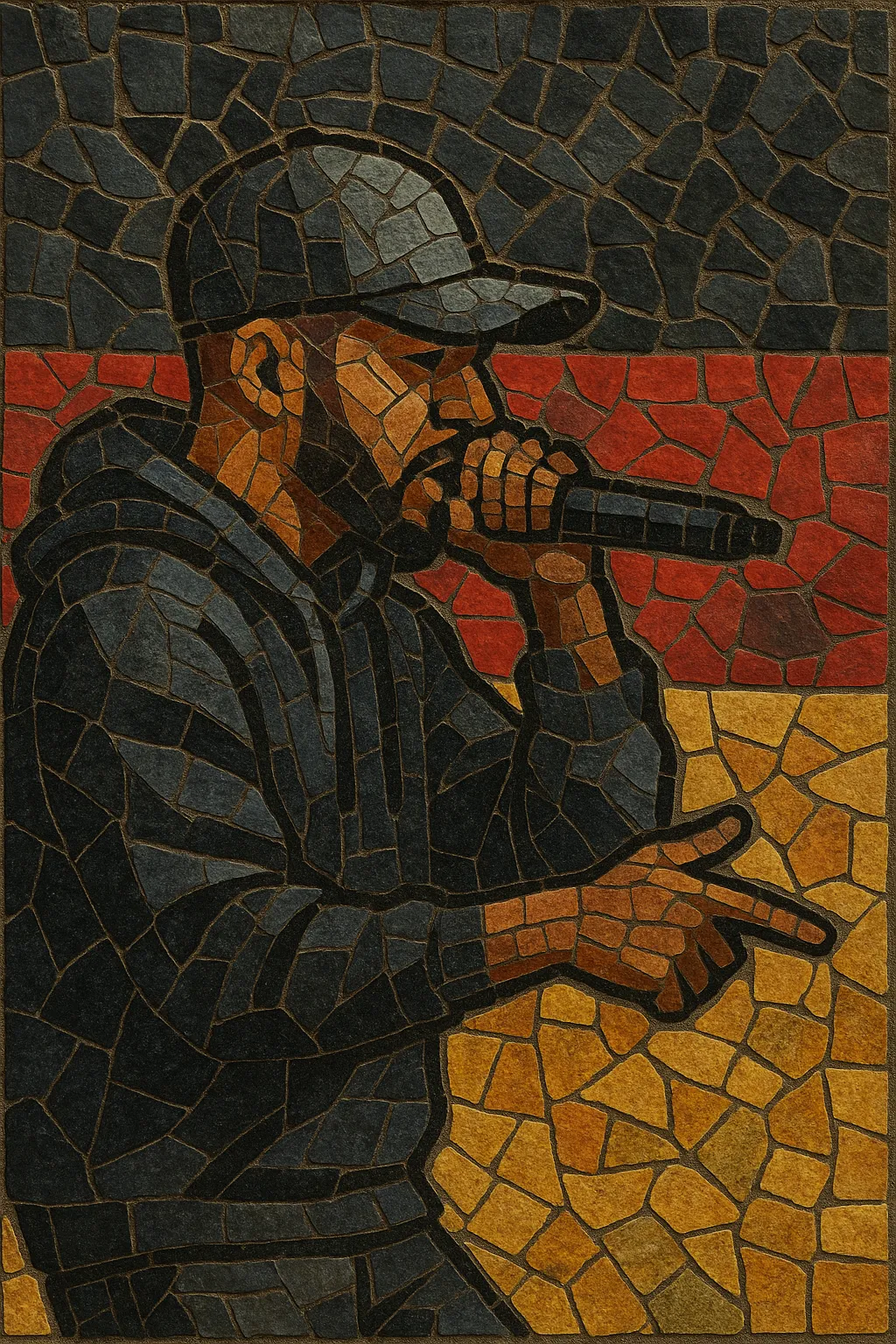German hip hop (Deutschrap) is the localized expression of hip hop culture in the German language and within German-speaking scenes. It merges the foundational elements of rap—MCing, DJing/production, sampling, and street-informed storytelling—with Germany’s linguistic cadence, regional dialects, and social context.
The sound has spanned classic boom‑bap and electro-rooted beats, jazz- and soul-sampling “conscious” styles, hard-edged street/gangsta aesthetics, and, since the 2010s, trap- and dancehall-influenced club production with heavy 808s and autotuned hooks. Lyrically, it ranges from political commentary and identity discourse to braggadocio, battle bars, and party anthems.
The earliest sparks of German hip hop arose alongside breakdance and graffiti in the 1980s, with local crews inspired by US rap, electro, and funk. Early recordings were often novelty or English-language attempts, but they seeded a domestic scene and a growing awareness of hip hop culture.
The genre’s identity solidified when artists embraced rapping in German. Advanced Chemistry’s landmark single “Fremd im eigenen Land” (1992) framed hip hop as a vehicle for political and social discourse, immigration, and identity. Die Fantastischen Vier’s breakthrough hits (e.g., “Die da!?”) brought German-language rap to mainstream radio. Parallel hubs emerged: Hamburg (Beginner/Absolute Beginner, Fettes Brot, Samy Deluxe) and Stuttgart (Freundeskreis, Afrob), blending boom‑bap, jazz, and soul with thoughtful lyricism.
The 2000s saw a shift toward harder, street-oriented styles. The Aggro Berlin era (Sido, Bushido, Fler) popularized aggressive flows, darker beats, and a battle-ready posture, while artists like Kool Savas codified technical rhyme craft and punchline-driven battlerap. Major labels, independent imprints, and pirate/mixtape culture converged, pushing Deutschrap to sustained commercial viability.
From the mid-2010s, German hip hop absorbed trap’s 808-heavy aesthetics and dancehall/afro‑influences. Crews like 187 Strassenbande and collaborations such as RAF Camora & Bonez MC helped fuse street rap with club‑friendly hooks, while hitmakers like Capital Bra and producers like Miksu/Macloud defined a chart-dominant sound. A more diverse roster—including women and artists from across the DACH region—broadened perspectives and styles. Today, Deutschrap ranges from introspective, socially conscious work to high-energy club rap, remaining the dominant force in German-language popular music.


